Temple of Earth, Beijing – Ticket, Opening Hours, Highlights, and Tips

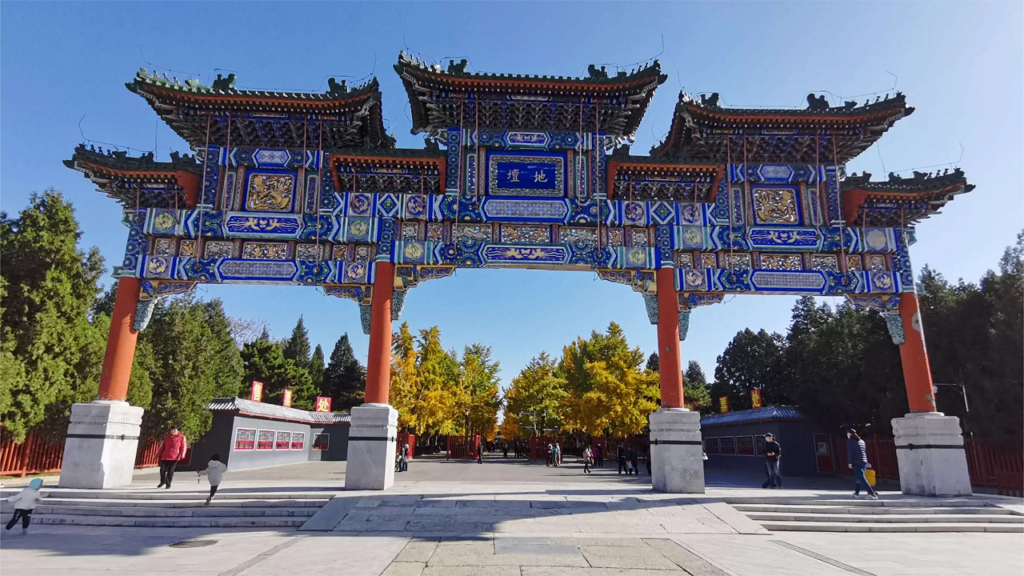
The Temple of Earth, also known as Ditan Park (地坛公园), is located in the northern part of Beijing, China. It is one of the oldest and largest temples in the city, covering an area of 37.4 hectares. Built in 1530 during the Ming Dynasty, the temple was initially used for sacrifices to the god of earth and agriculture.
The Temple of Earth is known for its stunning architecture, which reflects traditional Chinese design and culture. Its main entrance is a grand archway adorned with intricate carvings of dragons and other mythical creatures. Inside the temple, visitors can see the impressive Altar of Earth, which is the largest altar in Beijing. The altar is made of white marble and is surrounded by a circular moat.
In addition to the temple itself, Ditan Park is also a popular destination for visitors to enjoy outdoor activities. The park features several beautiful gardens, including a rose garden, a chrysanthemum garden, and a peony garden. There are also numerous walking paths and jogging trails, as well as several lakes where visitors can rent boats and go fishing.
Índice
- Información básica
- Ubicación y transporte
- Highlights of the Temple of Earth
- Vlog about Temple of Earth
- Consejos útiles resumidos a partir de reseñas
- Related Facts
- Other sacrificial Sites
- Attractions near Temple of Earth
Información básica
| Página web | http://www.dtpark.com/ |
| Duración estimada de la visita | Alrededor de 2 horas |
| Horario de apertura | 6.00 – 21.00 (1st May – 31st October) 6.00 – 20.30 (1st November – 30th April) |
| Precio del billete | 2 RMB |
| Número de teléfono | 0086-010-64214657 |
Ubicación y transporte
The Temple of Earth is situated in the northern part of Dongcheng District, close to the Second Ring Road. The exact address is No. 1 Andingmen Outer Street, Dongcheng District, Beijing. Visitors can get there easily by public transport.
Bus
- To the east or south gate: Take bus 117 or 125 and get off at Ditan Dongmen Stop (East gate of the Temple of Earth 地坛东门) or Ditan Nanmen Stop (South gate of the temple 地坛南门).
- To the west gate: Take bus 18, 75, 104, 108, 113, 119, 124, 125, 141, 301, or 430 and get off at Ditan Ximen Stop (地坛西门)
- To the north gate: Take bus 125 and get off at Ditan Beimen Stop (地坛北门)
Subway
- Take subway line 2, get off at Andingmen Station (安定门站), exit the station from Exit B, and walk about 300 meters to the north to reach the west gate of the temple.
- Take subway line 2 or 5, get off at Yonghe Lama Temple Station (雍和宫站), exit the station from Exit A, and walk about 200 meters to the north to reach the south gate of the temple.
Highlights of the Temple of Earth
Fangze Altar

The Fangze Altar, situated within the Temple of Earth, served as the sacred ground for Ming and Qing emperors to worship the “Earth Deity.” Its name, Fangze Altar, derives from the square-shaped pools surrounding the altar platform. Constructed in the ninth year of the Ming Jiajing era (1530 AD), it underwent renovations in the fifteenth year of the Qing Qianlong era (1750 AD) as per Emperor Qianlong’s decree, replacing the yellow glazed brick with greenstone surfaces.
The current architecture reflects the Qing Qianlong-era design restored in 1981. The altar’s square layout symbolizes the ancient belief of “round sky, square earth.” The central platform comprises upper and lower tiers. The lower tier’s southern section features mountain-shaped stone pedestals on the east and west, hosting fifteen mountain-shaped stone deities, honoring the spirits of the Five Mountains, Five Towns, and Five Tombs during ceremonies. The northern section holds water-shaped stone pedestals on the east and west, paying homage to the gods of the Four Seas and Four River Bends during rituals.
Various Gardens
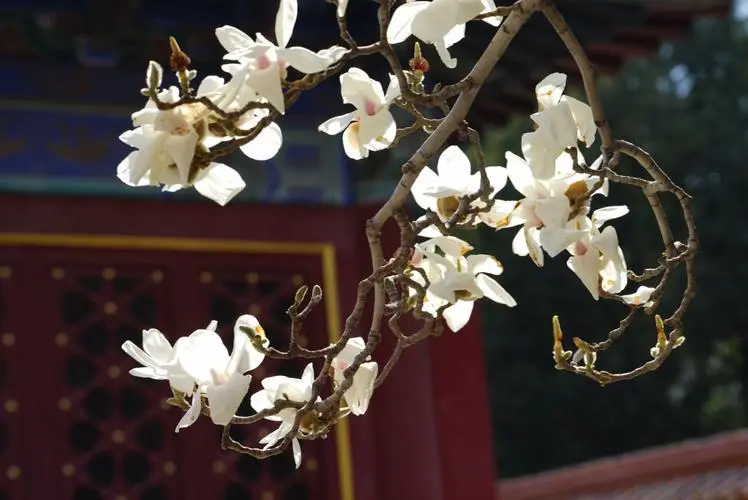
Ditan Park, or the Temple of Earth, features several beautiful gardens that offer visitors a peaceful retreat from the hustle and bustle of the city. The gardens include a rose garden, a chrysanthemum garden, and a peony garden. The rose garden is home to over 500 varieties of roses, with colorful blooms that attract visitors year-round. The chrysanthemum garden features thousands of chrysanthemums of different shapes and sizes, and visitors can admire their vibrant colors and intricate patterns. Finally, the peony garden boasts a wide range of peonies, including many rare and endangered species.
Architectures
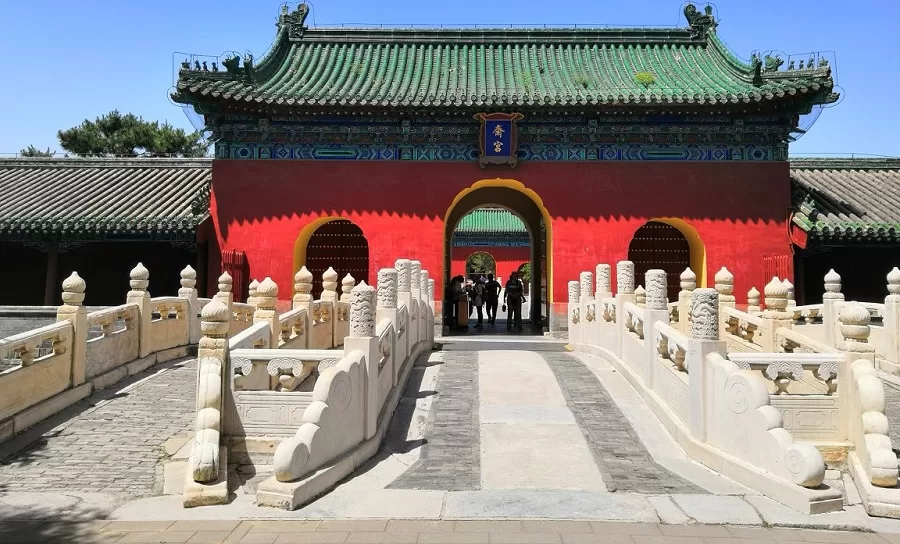
Built during the Ming Dynasty, the Temple of Earth features a symmetrical design with a square-shaped main hall and a surrounding courtyard. The structure is made of wood and bricks, and the roofs are adorned with glazed tiles depicting dragons and other mythical creatures. Inside the main hall, there are several altars dedicated to various deities, including the God of Earth and the God of Agriculture.
The Outdoor Activities

The Temple of Earth is a popular destination for outdoor activities. The park features several lakes where visitors can rent boats to paddle around and enjoy the scenery. The park also has many grassy areas where visitors can have picnics and relax. It is a great place for walking, jogging, and cycling, with many trails winding through the gardens and around the lakes. Fishing is also a popular activity in the park’s lakes, with many visitors trying their luck at catching fish.
Vlog about Temple of Earth
Consejos útiles resumidos a partir de reseñas
Entrances: The Temple of Earth has entrances on all four sides: north, south, east, and west. It’s recommended to enter from the South Heavenly Gate (Nantianmen) as the two main open attractions are located nearby. Other areas of the temple may have been closed for a while.
Greenery and Accessibility: The Temple of Earth is known for its lush greenery, and the grounds are well-maintained and clean. The presence of excellent accessibility facilities makes it suitable for visitors of all abilities. It’s a pleasant place for leisurely strolls and relaxation.
Children’s Play Area: Between the Zhaigong (斋宫) and the Ginkgo Avenue (银杏大道), there are recreational facilities for children. If you’re visiting with kids, take a break here to let them play and unwind.
Recommendation for Tourists: If you’re a tourist visiting Beijing specifically to see attractions, the Temple of Earth may not be your top priority. However, if you have ample time in Beijing, consider taking a leisurely stroll here to enjoy the serene environment and beautiful surroundings.
Related Facts
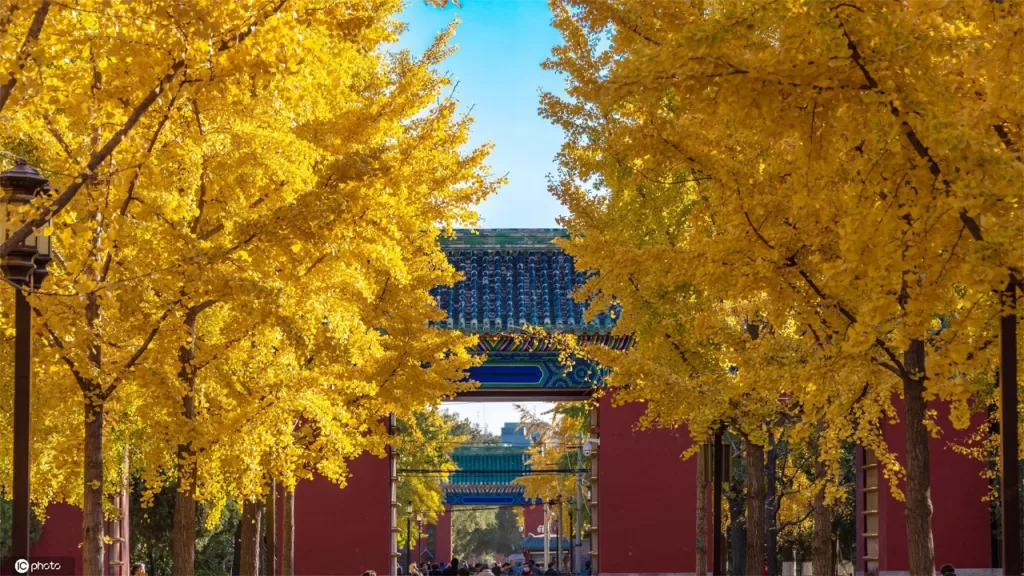
Function of the Temple of Earth

History of the Temple of Earth
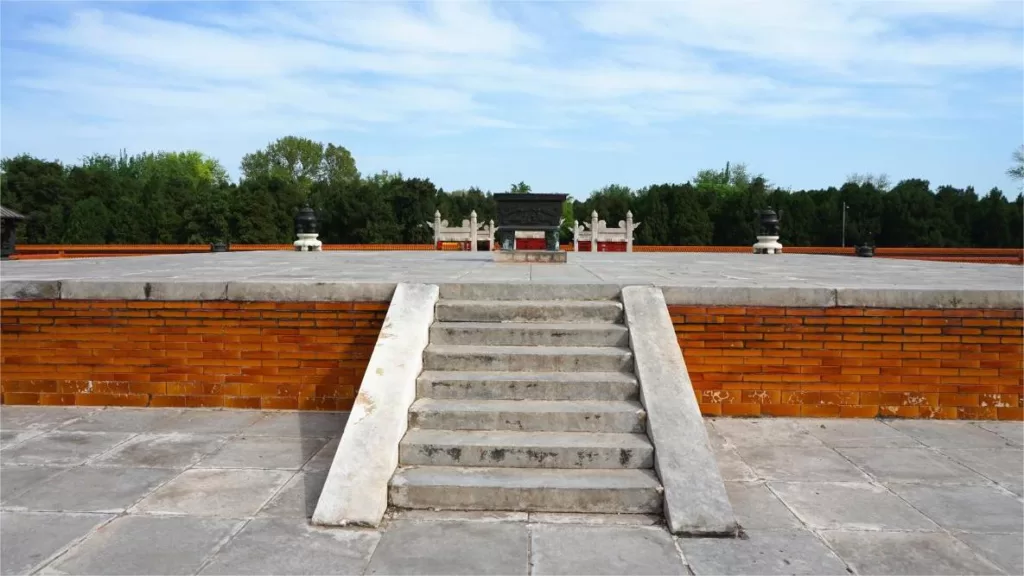
Temple of Heaven and Temple of Earth – Similarities and Differences
Other sacrificial Sites

Temple of the sun
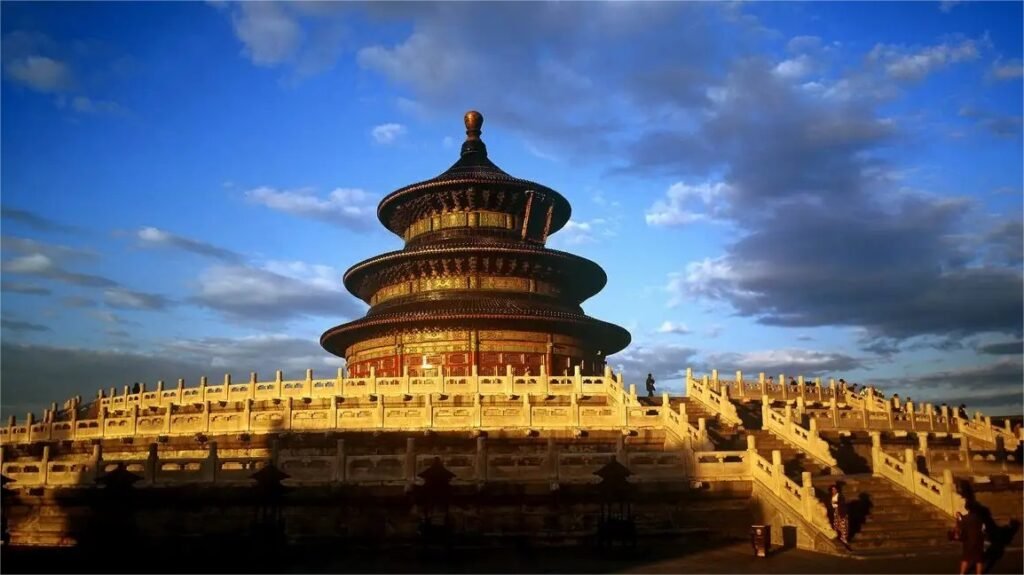
Temple of Heaven
Attractions near Temple of Earth

Templo Yonghe Lama - un templo budista tibetano

Guozijian – the highest educational institution in ancient China

Beijing Temple of Confucius – the second largest Confucian temple
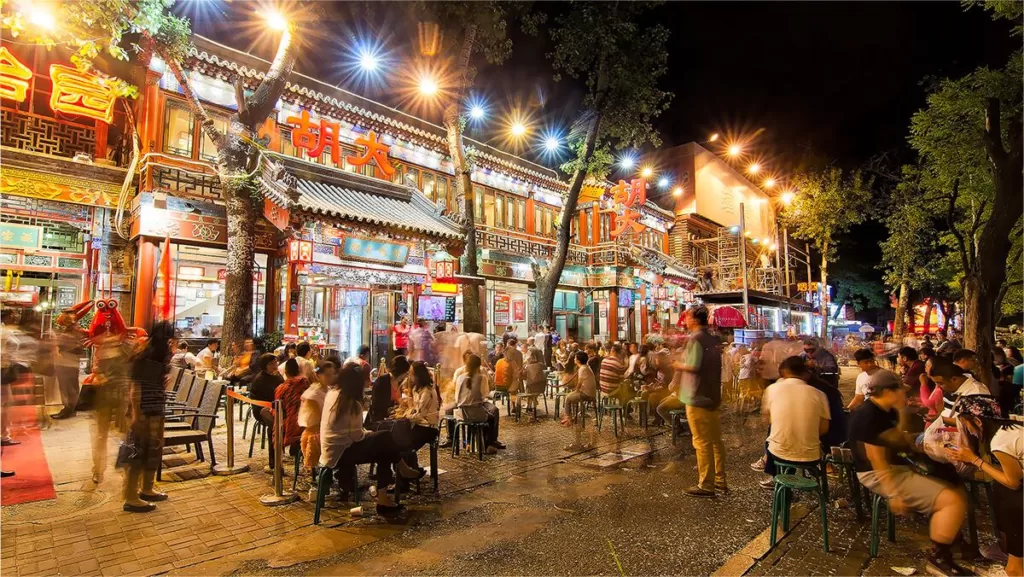
Ghost Street – a captivating culinary destination
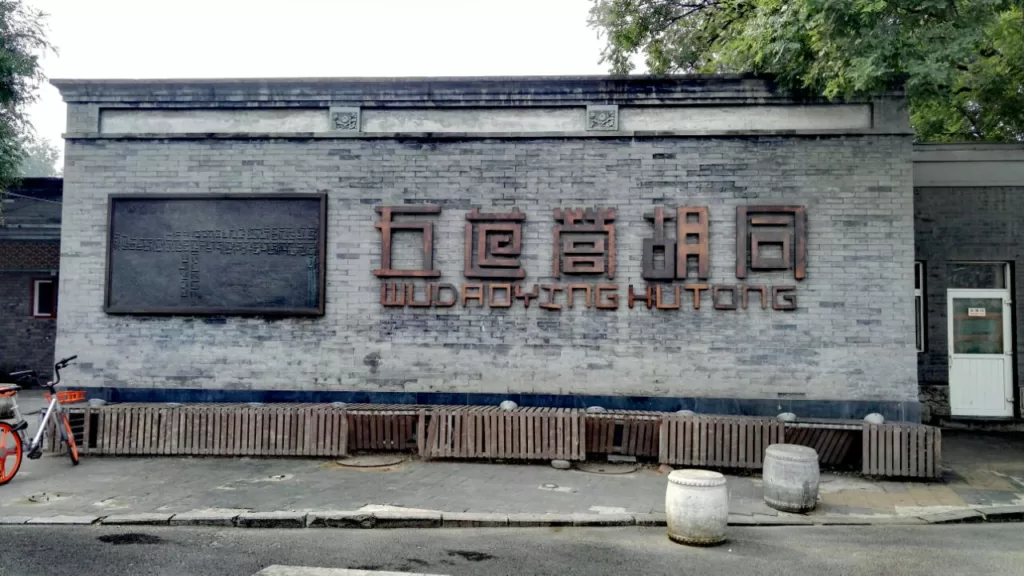
Wudaoying Hutong – a charming alleyway